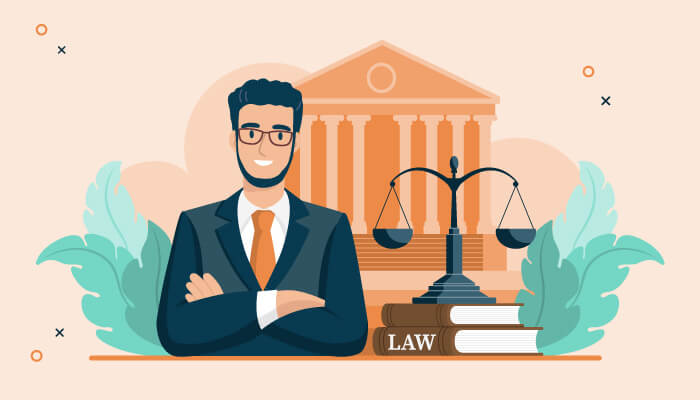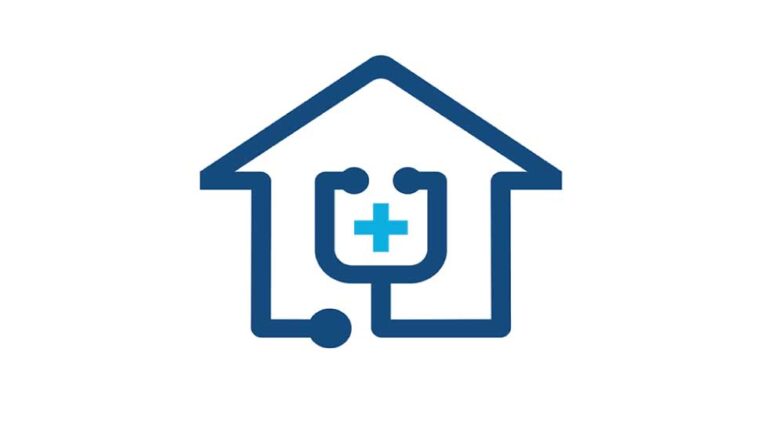Understanding Personal Loans
What Is a Personal Loan?
A personal loan is a type of unsecured loan that you can use for a variety of personal reasons. Unlike secured loans, such as mortgages or car loans, personal loans do not require collateral. The lender provides a lump sum of money that you agree to repay over time, typically with fixed monthly payments and a fixed interest rate.
The Benefits of Personal Loans
- No collateral required, reducing risk to personal assets.
- Fixed interest rates, making monthly payments predictable.
- Flexible use of funds for diverse needs, from debt consolidation to home improvement.
How to Apply for a Personal Loan
- Check your credit score to understand your eligibility.
- Compare lenders to find competitive interest rates and terms.
- Gather necessary documentation such as identification, proof of income, and employment details.
- Submit your application and await approval.
Comparison of Personal Loan Features
| Feature | Description |
|---|---|
| Interest Rates | Typically ranges from 5% to 36% APR. |
| Loan Amounts | Anywhere from $1,000 to $100,000, depending on creditworthiness. |
| Repayment Terms | Usually between 2 to 7 years. |
Frequently Asked Questions
- What can I use a personal loan for?
- Personal loans can be used for various purposes such as home renovations, medical expenses, wedding costs, or consolidating existing debt.
- How do I qualify for a personal loan?
- Eligibility typically depends on factors like your credit score, income, and existing debt levels. Each lender has different criteria.
- Can I get a personal loan with bad credit?
- While it may be more challenging, some lenders offer loans specifically for those with less-than-perfect credit, often at higher interest rates.



